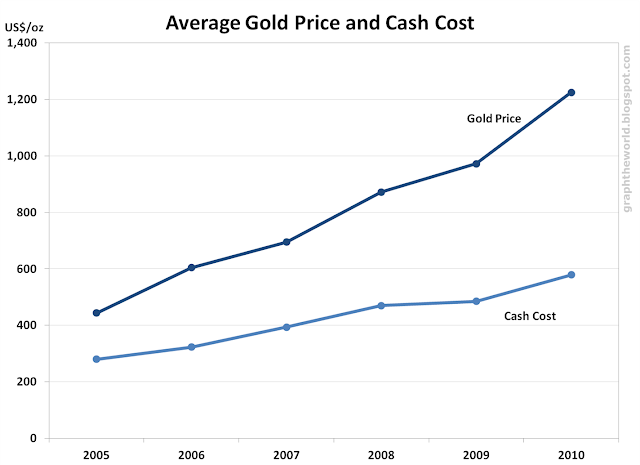What are the age and tenure trends of US Supreme Court justices? Which are the youngest and oldest justices in recent times? How have the tenures changed over the years? My interest in these questions was piqued by a recent Wall Street Journal article, written by Berkeley law professor John Yoo on the Obamacare hearings, which alluded to the increasing age and tenure of Supreme Court justices in recent times. The next series of graphs would examine these questions.
This graph looks at the age of the justices that were appointed since 1960. As you can see the youngest justice at appointment date is Clarence Thomas (he was aged 43 at appointment), appointed by President George H.W. Bush in 1991. The next youngest is Byron White (he was aged 44 at appointment), appointed by President John F. Kennedy in 1962. The oldest justice at appointment is Lewis Powell, Jr, who was aged 64 when he was appointed by President Nixon in 1972. The average age of the justices appointed from 1960 onward was around 53.6 years.
 |
| Data Source: US Supreme Court |
The next graph looks at the age of the Supreme Court justices at the end of the tenure, as well as the length of their tenure, for the justices that left the Supreme Court (either through retirement or death) from 1960 onward. John Paul Stevens was the oldest, at 90, when he retired; William Douglas had the longest tenure at more than 36 years. Arthur Goldberg was the youngest, at 54, when he retired; his tenure was also the shortest - less than 2 years.
 |
| Data Source: US Supreme Court |
In general, the length of tenure correlated to a higher age at the end of tenure (also according to common size). The 1960s was in general a period where there were a number of short tenures (and younger justices), but the retirement ages and tenures of the justices were higher from 1970 onward.
This last graph shows the average age and average length of tenure of the serving justices from 1960 to 2012. The average age is around 60-70 years old; the average tenure is around 10-20 years. We can see (and common sense tells us) that the average age and length of tenure decrease during the years when new justices are appointed (especially since new justices are typically younger than the existing justices). In particular, we can see that there was a period between 1994 to 2005 when there were no new justices appointed. The average age and tenures of the serving justices increased during that time.
 |
| Data Source: US Supreme Court |
Can you spot any other trends? Or what other trends do you think might be interesting? Do leave your comments.
Data Source: US Supreme Court; Graphs: Generated by me












.png)